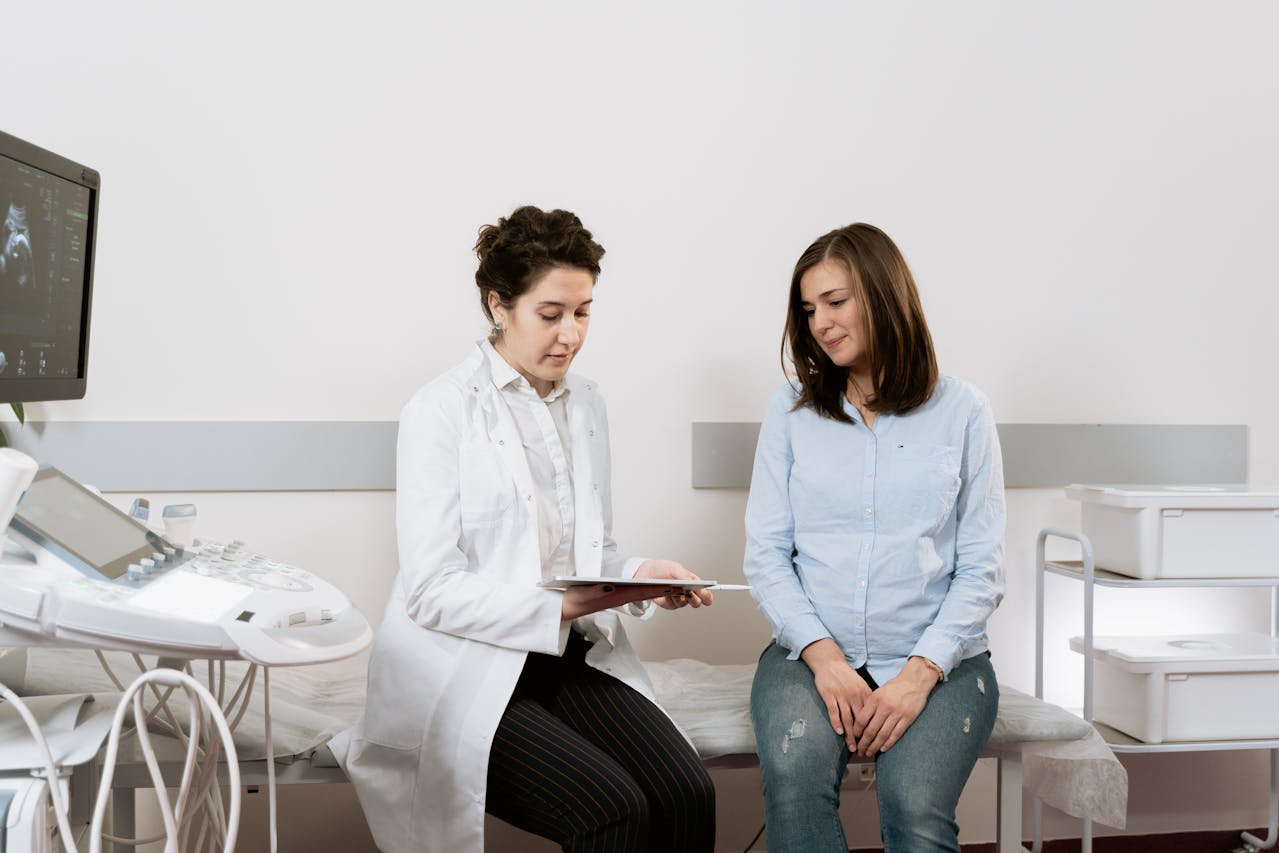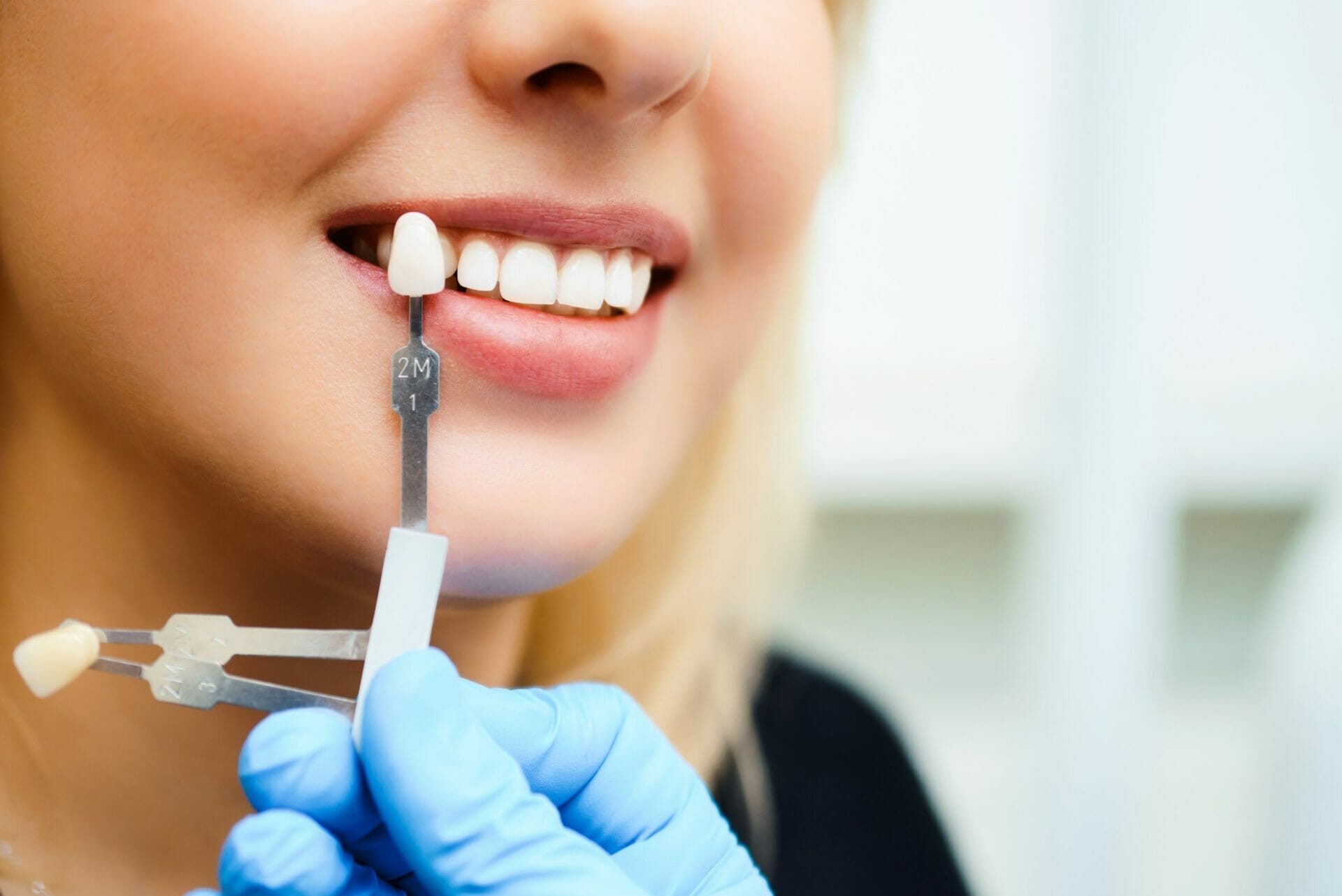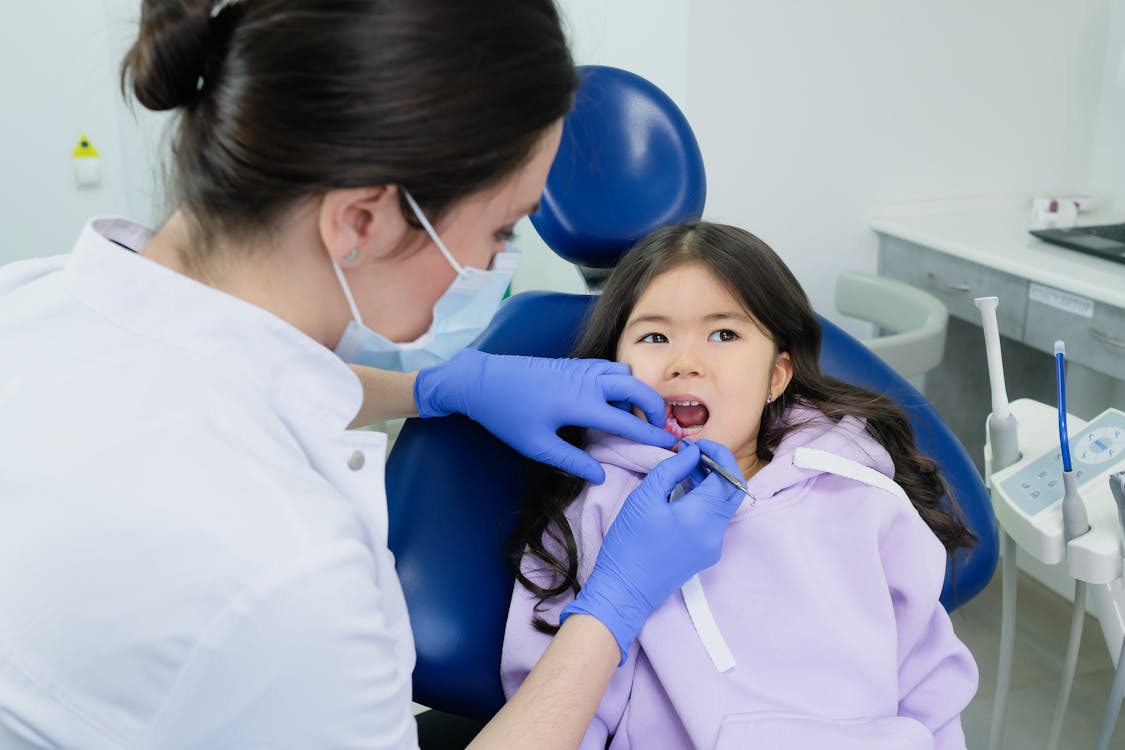
How Do Social Connections Affect College Drinking?
 Posted On
Posted On
Evidence indicates that attitudes toward drinking with a socially connected group strongly predict whether or not the members of that group will consume excessive amounts of alcohol. These socially connected groups include college students that trigger alcohol abuse in college students. Drinking is often viewed as a rite of passage among college students, and for this and other reasons, college-age teenagers and young adults typically consume relatively large overall amounts of alcoholic beverages. In addition, they often participate in binge drinking, a dangerous pattern of alcohol consumption that results in the rapid onset of drunkenness.
Some of the consequences of excessive alcohol intake among college students between the ages of 18 and 24, as well as the consequences of underage drinking among the younger members of this age group, are as follows:
- Accidental injury or death
- Victimization through physical assault
- Victimization through rape or some other form of sexual assault
- A decline in academic performance
- Suicidal thinking and suicide attempts
- Suicide- or homicide-related death
- Participation in risky sex
- Arrest and legal prosecution
Social connections are also known by sociologists and other experts as social networks. However, the traditional meaning of this usage has largely been taken over by the modern use of “social network” as a term for describing virtual social groups maintained through the Internet and various forms of cell phone-based communication. The average person establishes traditional social connections on three different levels.

Personal and intimate relationships form the core of an inner ring of connections that directly supports its own members and focus on group wellbeing. Residents of the same neighborhood, co-workers, and other relatively distant (but mutually-interested) parties constitute a middle range of connections between the personal and impersonal levels. Relatively impersonal connections form between people who have some common interests but who have little or no direct contact and come from widely varying social, economic, or educational backgrounds.
Many studies have assessed the impact of shifting social connections on participation in excessive drinking during the college years. These participating individuals had previously violated school guidelines for alcohol consumption and had subsequently been directed to attend some sort of drinking prevention program. At the beginning of these studies, students submitted information about their average level of alcohol intake, the attitude toward drinking within their personal/intimate peer group, and the level of alcohol consumption within their peer group. The researchers also answered follow-up questions on these same subjects half a year later and one year later.
After gathering data from the second follow-up questionnaire, the researchers concluded that most college students who drink excessively do one of two things, i.e., maintain social connections with other excessive drinkers and keep consuming alcohol at a fairly stable level or decrease the number of heavy drinkers in their peer groups over time and lower their alcohol consumption.
The researchers indicate that social connections between members of college student peer groups play an important role in either increasing or decreasing alcohol consumption levels within those groups over time. This influence apparently exists separately from other factors and can help determine whether problem drinkers within a peer group lower their consumption on their own, seek help for their excessive consumption or continue to maintain a dangerous pattern of alcohol intake.
















